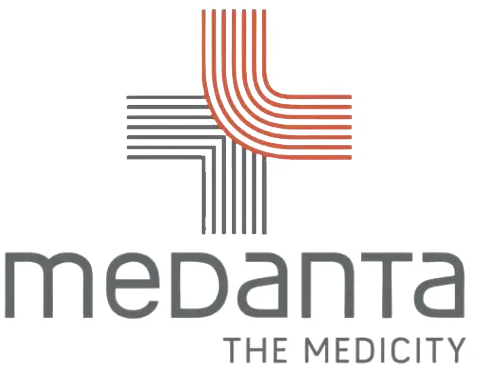Myasthenia Gravis (MG) is a chronic autoimmune disorder that affects the neuromuscular junction, leading to weakness and fatigue in voluntary muscles. The condition occurs when the body’s immune system mistakenly attacks the acetylcholine receptors on muscle cells, impairing the communication between nerves and muscles. MG progresses in stages, ranging from mild symptoms to more severe muscle weakness that can impact daily life. Understanding the stages of Myasthenia Gravis, including the end-stage, is crucial for patients, caregivers, and healthcare providers to manage symptoms effectively and improve quality of life. In this article, we’ll explore the different stages of MG, the characteristics of end-stage disease, and how treatment can help manage the progression of this challenging condition.
Contents
What is Myasthenia Gravis?
Myasthenia Gravis (MG) is a chronic autoimmune neuromuscular disorder characterized by weakness and fatigue of the voluntary muscles. It occurs when the body’s immune system produces antibodies that block or destroy the acetylcholine receptors at the neuromuscular junction (the connection between nerves and muscles). Acetylcholine is a neurotransmitter that plays a crucial role in muscle contraction. When the communication between nerves and muscles is impaired, muscles become weak and tire easily.
Key Features of Myasthenia Gravis:
- Muscle Weakness: The most common symptom, typically worsening with activity and improving with rest.
- Fatigue: Individuals with MG often experience extreme tiredness after minimal exertion.
- Affected Muscles: The muscles most commonly affected include those controlling eye movements, facial expression, swallowing, and breathing, although other muscles can be involved.
- Symptoms: Common symptoms include drooping eyelids, double vision (diplopia), difficulty swallowing (dysphagia), difficulty speaking (dysarthria), and general muscle weakness.
Cause:
Myasthenia Gravis is caused by an autoimmune response where the body’s immune system mistakenly targets and attacks the acetylcholine receptors, disrupting the normal function of the neuromuscular junction. This results in reduced stimulation of the muscles, leading to weakness.
Types of Myasthenia Gravis:
- Generalized MG: The weakness affects many muscle groups throughout the body, including the face, throat, and limbs.
- Ocular MG: The weakness is primarily limited to the muscles that control eye movements, causing symptoms such as drooping eyelids and double vision.
Stages of Myasthenia Gravis
Stages of Myasthenia Gravis (MG) describe the progression of the disease from mild symptoms to more severe muscle weakness that affects daily functions. The disease can vary widely between individuals, but it typically progresses through different stages, each with its own challenges and treatment approaches. Here’s an overview of the stages of Myasthenia Gravis:














 +91-9818045855
+91-9818045855
